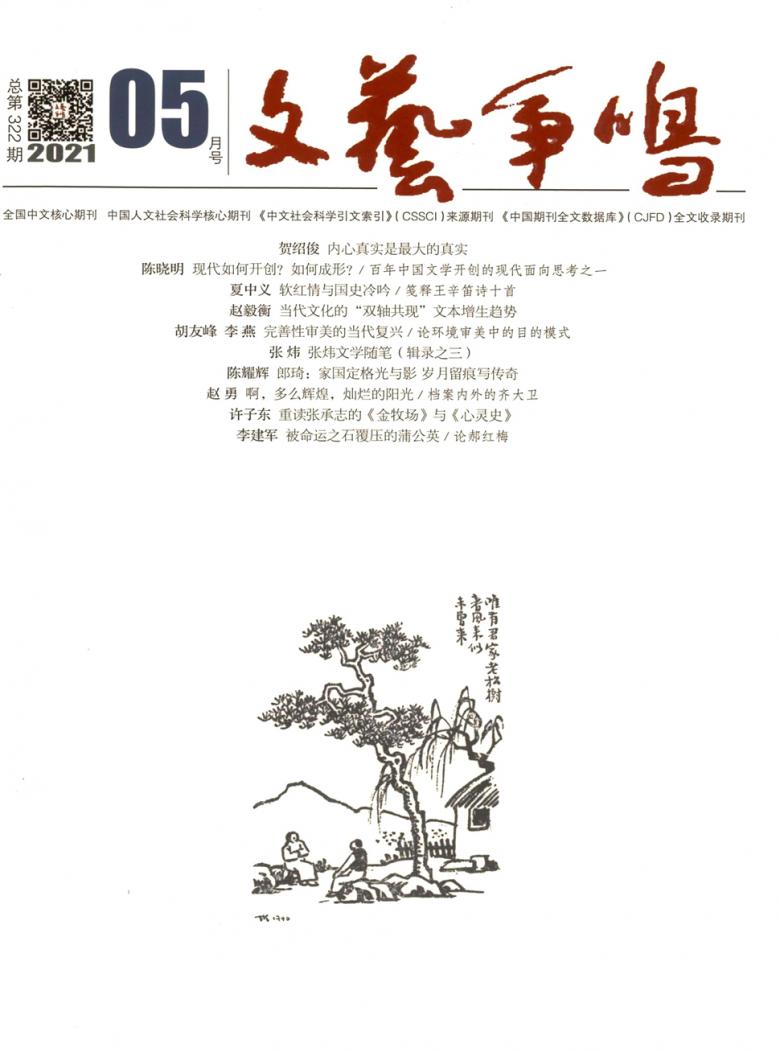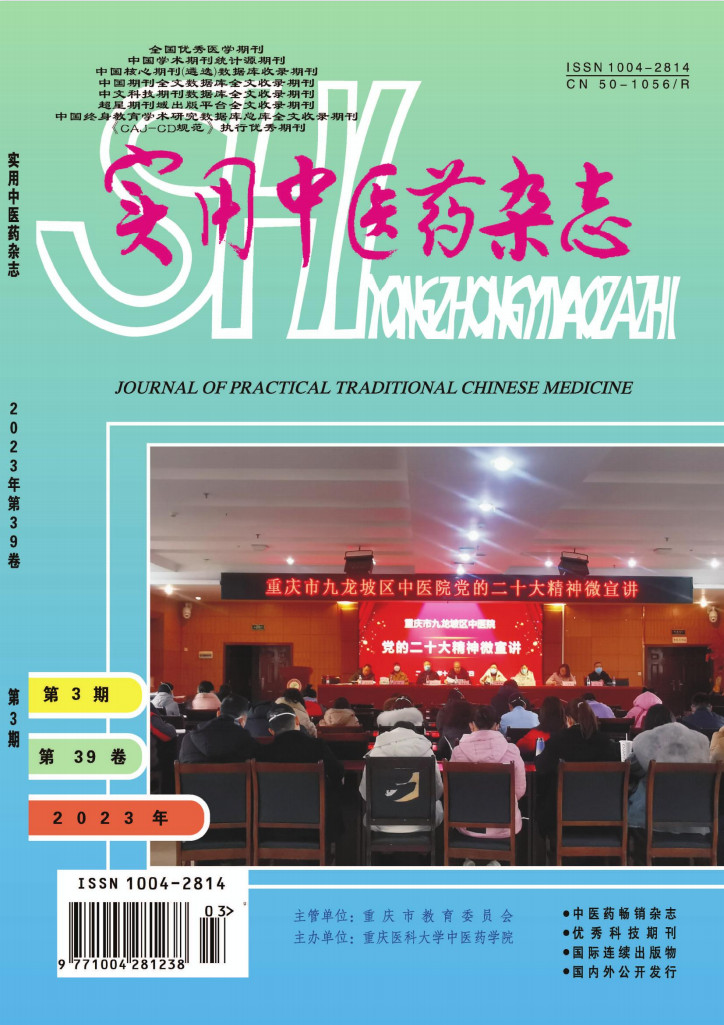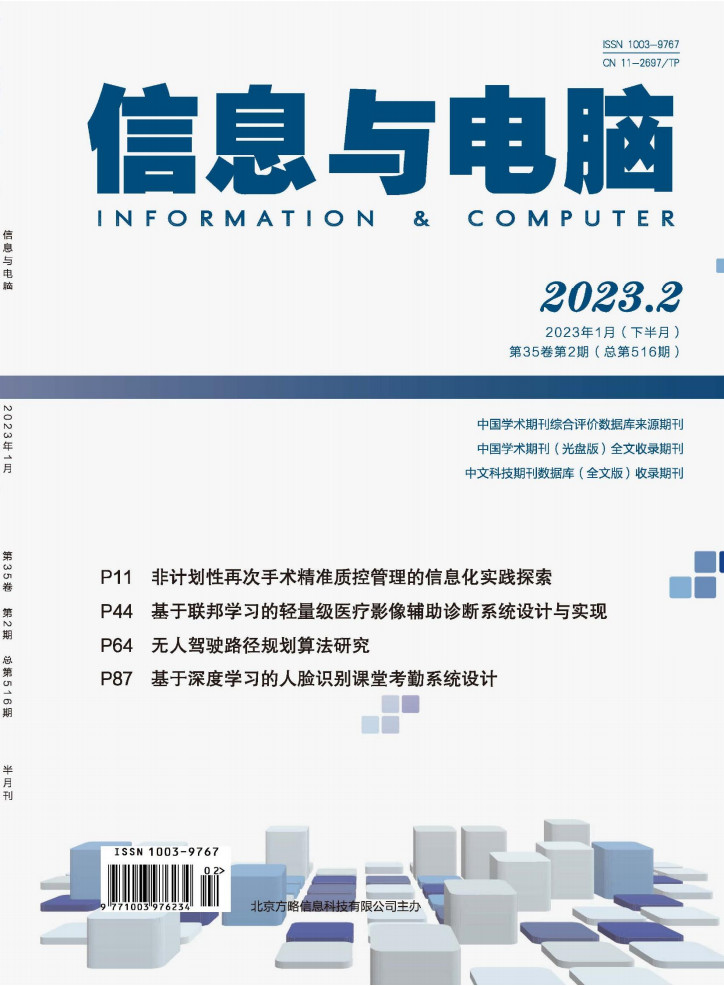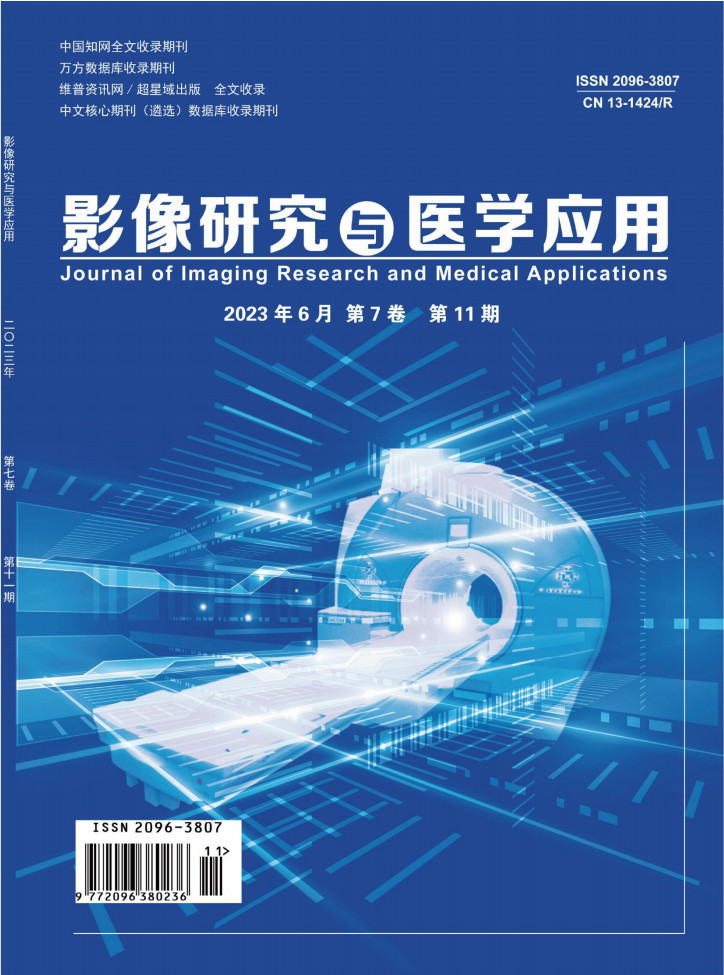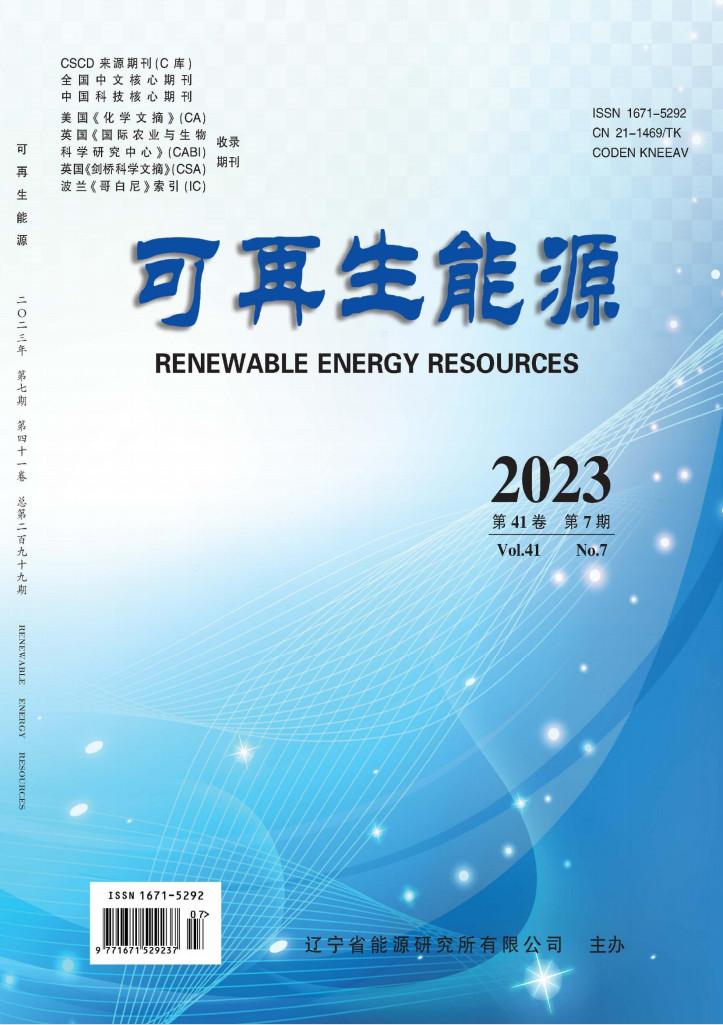城市化、城市倾向的经济政策与城乡收入差距
佚名 2005-12-29
: Chen,Aimin ,2002,“Urbanization and Disparities in China :Challenges ofGrowth and Development,”China Economic Review ,13,407-411. Hussain ,Arthur,Peter Lanjouw ,and Nicholas Stern,1994,“Income Inequalitiesin China:Evidence from Household Survey Data ,”World Development ,22,12,1947-57. Kanbur,Ravi and Xiaobo Zhang ,1999,“Which Regional Inequality ? Evolutionof Rural-Urban and Inland-Coastal Inequality in China from 1983to 1995,”Journalof Comparative Economics,27,686-701. Khan,Azizur R.and Carl Riskin ,1998,“Income Inequality in China:Composition,Distribution and Growth of Household Income ,1988-1995,”China Quarterly ,June,221-253. Lu,Ding,2002,“Rural-Urban Income Disparity:Impact of Growth,AllocativeEfficiency and Local Growth Welfare ,”China Economic Review ,13,4,419-429. Lu,Ming,Jianyong Fan,Shejian Liu and Yan Yan ,2002,“Employment Restructuringduring China‘s Economic Transition ”,Monthly Labor Review,August,25-31. Shi ,Xinzheng,2002,“Empirical Research on Urban-Rural Income Differentials:The Case of China ,”unpublished manuscript,CCER,Beijing University. Shi ,Xinzheng,Terry Sicular ,and Yaohui Zhao ,2002,“Analyzing Urban-RuralIncome Inequality in China,”Paper presented at the International Symposium onEquity and Social Justice in Transitional China ,Beijing ,July 11-12. Todaro,M.P.,1969,“A Model of Labor Migration and Urban Unemployment in LessDeveloped Countries ,”American Economic Review,59,1,138-148. Tsui,Kai-yuen,1993,“Decomposition of China‘s Regional Inequality ,” Journal of Comparative Economics,17,3,600-627. Wei ,Shang-Jin and Yi Wu ,2001,“Globalization and Inequality:Evidence fromwithin China,”NBER Working Paper 8611,http://www.nber.org/papers/w8611. World Bank,1997,“Sharing Rising Incomes—Disparities in China,”WashingtonD.C. Xue ,Jinjun,1997,“Urban-Rural Income Disparity and Its Significance in China,”Hitotsubashi Journal of Economics ,38,1,45-49. Yang,Dennis Tao,1999,“Urban-Biased Policies and Rising Income Inequalityin China,”American Economic Review Papers And Proceedings ,May ,306-310. Yang,Yihong,1996,“Is‘Excessive Distribution’a Good Thing or a Bad Thing?”Chinese Economic Studies ,29,6,46-53. Yao ,Shujie,and Liwei Zhu ,1998,“Understanding Income Inequality in China:A Multi-Angle Perspective ,”Economics of Planning ,31,133-50. Ye,Fujin ,1996,“Since the Government Is the Referee ,Why Does it Get intothe Game?”Chinese Economic Studies,29,6,41-45. Zhao,Yaohui,1999a ,"Leaving the Countryside:Rural-to-Urban Migration Decisionsin China,"American Economic Review,AEA Papers and Proceedings,May ,281-286. Zhao,Yaohui,1999b ,"Labor Migration and Earnings Differences :The Case ofChina ,"Economic Development and Cultural Change,47,July,767-782. 蔡昉、都阳、王美艳,2001,《户籍制度与劳动力市场保护》,《》第12期,41-49. 蔡继明,1998,《城乡比较生产力与相对收入差别》,《经济研究》第1期,11-19. 国家统计局农调总队课题组,1994,《城乡居民收入差距研究》,《经济研究》第12期,34-45. 卡恩,阿齐兹·拉曼,1999,《改革和中的中国贫困》,载于赵人伟等(主编),1999,348-404. 李实,1999,《中国劳动力流动与收入增长和分配》,载《中国》第2期,16-33. 李实,2003,《中国个人收入分配研究回顾与展望》,《经济学(季刊)》,第2卷第2期,379-403. 李实,魏众,1999,《中国农村劳动力流动与收入分配》,载于赵人伟等(主编),1999,475-511. 阮杨、陆铭、陈钊,2002,《经济转型中的就业重构与收入分配》,《管理世界》第11期,50-56. 章奇、刘明兴、陶然、Vincent Yiu Por Chen,2004,《中国的中介增长与城乡收入差距》,打印稿。 赵人伟等(主编),1999,《中国居民收入分配再研究:经济改革和发展中的收入分配》,北京:中国财政经济出版社1999年版。 赵耀辉,1997,《中国农村劳动力流动及在其中的作用》,《经济研究》第2期,37-42. 附录:对于本文数据来源的说明 (1)本文中1987至1998年的数据未经指明均取自《新中国五十年统计资料汇编》,中国统计出版社,1999年。1999至2001年的数据取自《中国统计年鉴》2000、2001和2002,中国统计出版社。(2)收入数据和人均GDP 数据均经过当年各地的居民消费价格指数进行消胀,三大直辖市没有对城乡物价指数进行区分。(3)除河北、黑龙江和甘肃三省以外,1999至2001年间的农业、非农业人口数据取自相应年份的各省的统计年鉴。河北、黑龙江和甘肃三省的2000年的数据取自《中国统计年鉴》2001,1999年的数据是前后两年的平均值,2001年的数据是在2000年数据的基础上根据1999年和2000年间的变化率推算的。(4)1987-1989年间四川的FDI 数据取自相应年份的《中国统计年鉴》。青海1988和2000年的FDI 数据是前后两年的平均数。(5)1999-2001贷款数据取自中国金融年鉴编辑部所编的《中国金融年鉴》2002.(6)FDI 数据和进出口总额数据均经过当年人民币与美元的比价的中间价折算为人民币,折算时所用的各年汇率取自相应年份的《中国统计年鉴》。 Urbanization,Urban-Biased Economic Policies and Urban-Rural Inequality Abstract:The analysis based on the provincial panel data during 1987-2001showsthat urbanization significantly decreases the statistical urban-rural inequality.We also find that inter-provincial migration,economic opening,denationalization,and governmental participation in the economic activities tend to enlarge the urban-ruralinequality.The structure of local governmental expenditure is also found to havesignificant effects on urban-rural inequality.This study suggests that the enlargingurban-rural inequality is due to local governmental economic policies that are somewhaturban-biased. Key Words :Urbanization,Economic Policies ,Urban-Rural Inequality,PanelData
注释: [①]数据来源:《中国统计年鉴2003》,北京:中国统计出版社,2003年。 [②]如上海曾经实行的“蓝印户口”制度和其他一些地区实行的户口“准入”制度。 [③]数据来源:《中国统计年鉴2002》,北京:中国统计出版社,2002年。 [④]之所以用非农业人口的比重是因为我们无法找到1987-2001年间各地区的城镇人口比重数据。同时,我们也注意到,中国的城镇人口统计是建立在城镇户籍制度基础之上的,由于城镇居民中有一部分并没有城镇户籍,所以,以城镇人口作为城市化的比重就会低估城市化的水平。 [⑤]统计显示,在控制了其他外生变量以后,滞后的出生率对城乡收入差距不显著,而对城市化指标有负的影响。在表1的方程4、5、8的相应检验中,出生率对城乡收入差距的影响的显著性P 值分别是0.647、0.696、0.353,而出生率对城市化的显著性P值分别为0.000、0.000、0.000. [⑥]其中,mpopr 的原始数据有负值,fdi 有0值,因此在取对数前,分别将数据加了5和1.agri和agriloan原始数据有小于1的值,在取对数前将数据乘了10. [⑦]考虑到金融指标可能不是由政府政策控制的,我们在方程3和5中没有放与金融有关的指标。
